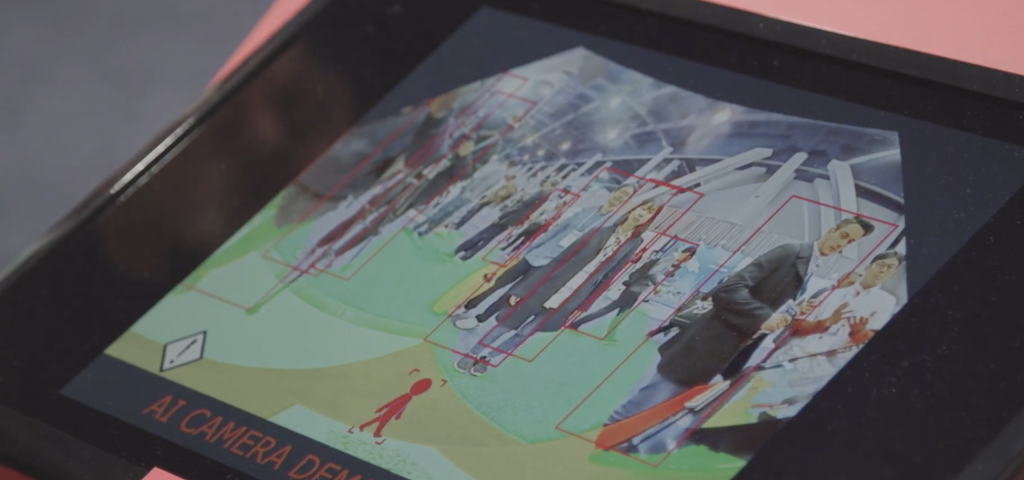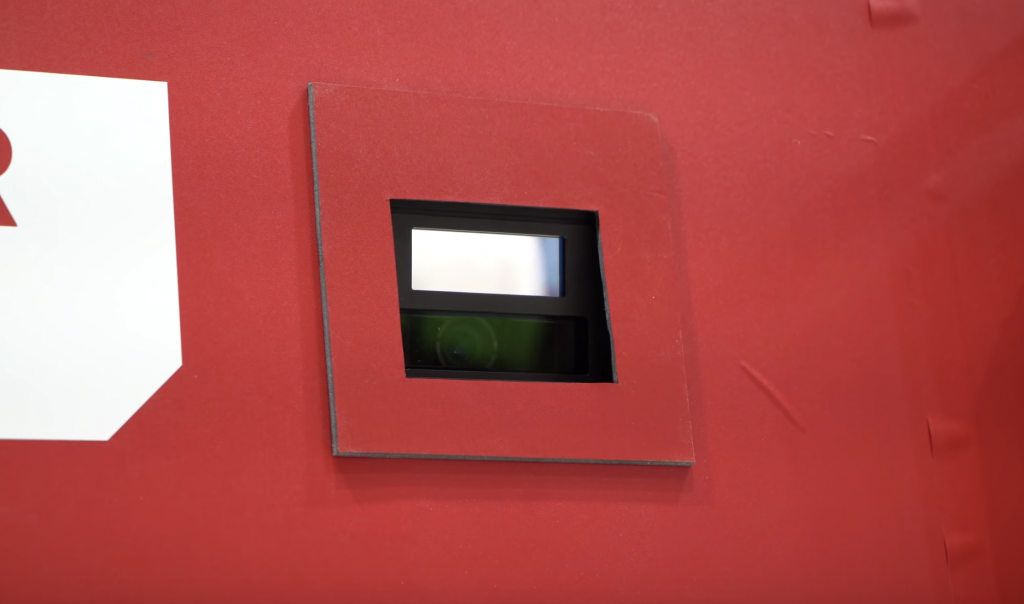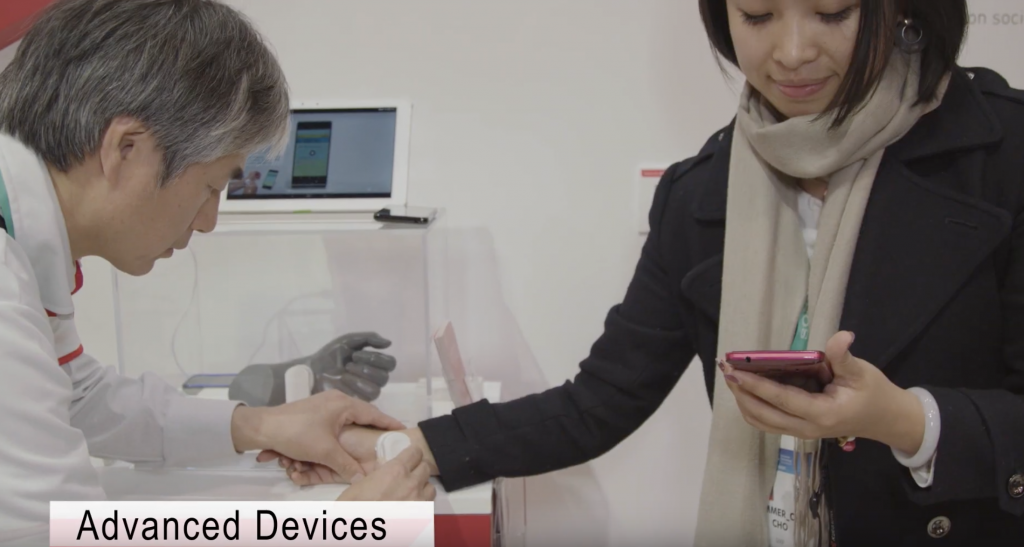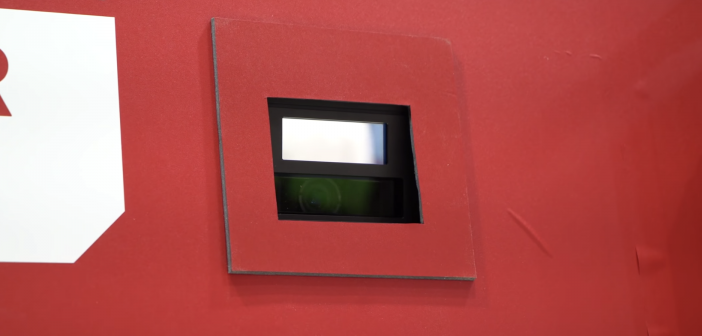The biggest gadgets and technology show, CES (Consumer Electronic Show) has just wrapped up in Las Vegas and we saw a lot of future technology and with so many vendors, manufacturers, press, visitors and more in attendance, it’s very easy to get lost in the midst of it all, however, the trend continues to develop further. As per usual, we saw concept cars, drones, smartwatches, AI-related technology, folding devices (Smartphones and laptops), elaborate gaming rigs, and more. What also really featured at CES this year, were the variety of the gadgets in the health sector, some not so useful, some very useful and still in their development stages, but it shows what we can expect in the coming months.
One brand that stood out for us is Kyocera Global; celebrating its 60th anniversary, Kyocera took to CES to showcase some of its latest innovations, designed and developed in order to create a safe, secure, and comfortable society using AI Solutions, Sensing Technology, 5G Solutions, Advanced Mobility, and Advanced Devices. We stopped by to check out some of its innovations and see what the future possibilities are for autonomous driving using AI and a Camera Lidar Fusion technology, and amongst all the vehicle-related tech, Kyocera also showcased a product in the health sector – a carbohydrate monitoring tool that isn’t invasive and could be used for numerous use cases.
AI Camera
Kyocera’s AI camera is a camera like no other, it’s powered by Artificial Intelligence, meaning it uses algorithms to be the eyes for your vehicle. When used in Advanced Driver Assistance Systems and autonomous driving, it will be able to recognise human movement and objects.
Measuring just 32x24x64 mm, the camera itself is very compact, so vehicle manufacturers can easily install it in their cars without adding too much in terms of weight, size and energy consumption. It has a 190 degrees horizontal field of view so it’s wide enough to see around corners and beyond what the human eyes can see including free space detection so that in situations where there aren’t any parking-bay markings, it can still detect the space. It will detect objects and humans in detail with a resolution of 1280×960 pixels at 30 fps.

Kyocera’s AI camera applications include collision avoidance with general obstacle detection, self-parking system in available parking spaces and applications for personal mobility and intelligent robots. As it’s capable of detecting pedestrians, cars, motorcycles and bicycles, it can be integrated with cars as a sensing view camera for ADAS and traffic monitoring camera for ITS roadside systems.
Camera-LIDAR Fusion Sensor
LIDAR technology has so far being a key part of autonomous driving with its capability to see further than the standard radar technology using light; with LIDAR, autonomous vehicles can sense depth, distance and obstacles (People, Objects, other road users etc), however, what it can’t do is actually determine what it sees, so, for example, it can’t tell you if the subject ahead is human or a motorbike, and this is where Kyocera’s Camera-LIDAR Fusion Sensor comes in.

Kyocera’s “Camera-LIDAR Fusion Sensor” reduces distortion and parallax error by integrating LIDAR distance-measuring into the camera’s image sensor. So not only can it see distance, but it can also generate a full picture of what it’s sensing.
Key
Features:
- Integrated LIDAR sensor and camera
- Calibration and syncing not required
- Original optical system enables compact
size and simple design - LIDAR sensor measures the distance to
objects recognized by the camera - Recognizes visual information
imperceptible to the human eye - Motion sensing/recognition
- Multidimensional information processing
- Customizable for various applications
Applications:
- Safety and security systems
- Robot vision (AR/VR)
- Drones
- Industrial robots
- Automotive/mobility
Smart
Carbohydrate Monitoring System

Currently in most parts of the world, to collect data relating to your carbohydrate metabolism rates, glucose levels etc, you have to pay your doctor a visit, however, with Kyocera’s Carbohydrate Monitoring System, you can estimate your carbohydrate metabolism rate by analyzing pulse-wave patterns with a built-in gyro sensor. Currently a prototype, it will connect to your phone via Bluetooth and quickly generate some ratings in the form of numbers, charts and even user-friendly emojis to tell you how well you metabolise your carbohydrate intake.
The app itself currently consists of a lot of data, so hopefully, when it’s released for commercial use, it will have a more user-friendly interface that’s easy to understand and perhaps send data to your doctor with your permission. It’s non-invasive and can be used for general diet-based health management, carbohydrate restriction diet management and pre-diabetes health management.
As Kyocera continues to innovate in areas that really matter, I can’t wait to see some of their innovations in cars, drones, safety gadgets, communication systems and the advancement of health monitoring systems. If you want to find out more in detail about the above technology announcements and more, please check out Kyocera’s page dedicated to all the tech showcased during CES 2020.




